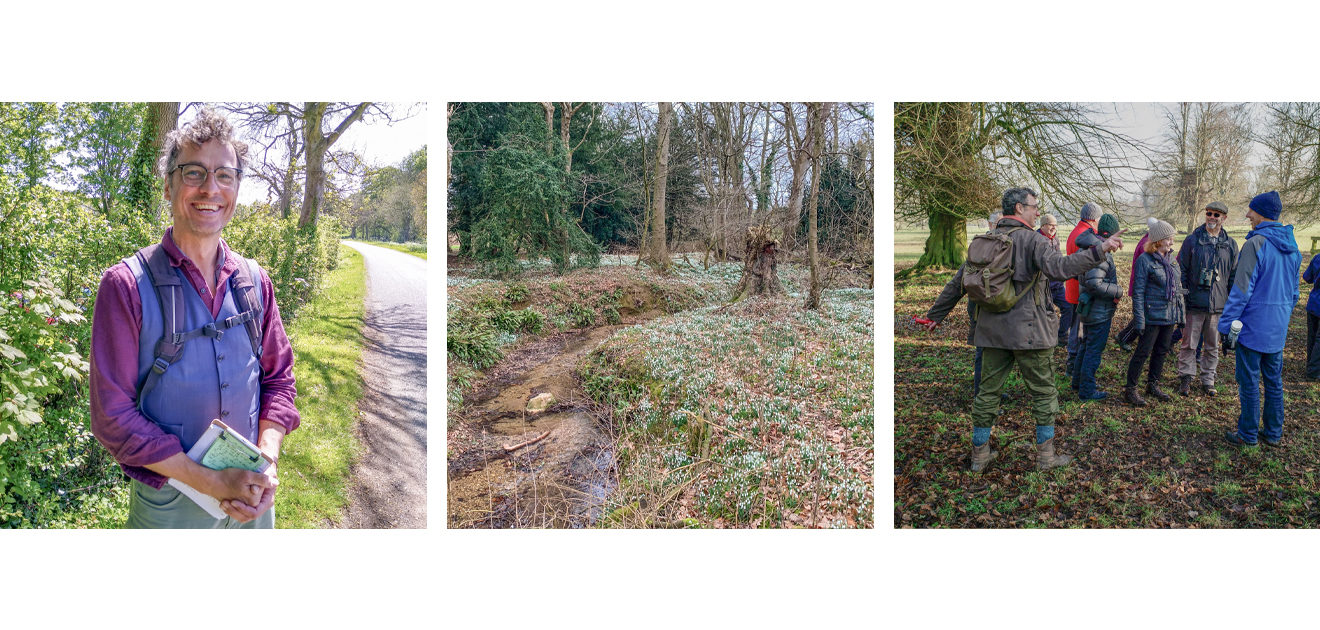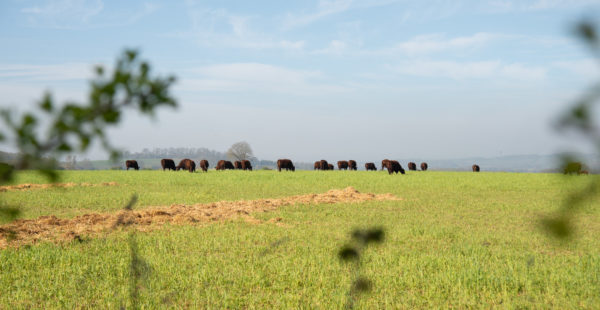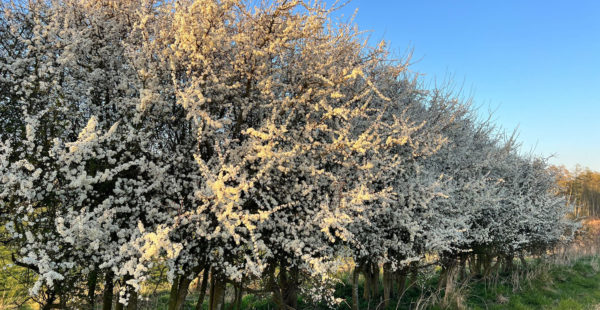A Week on the Estate: Ice Piercers, Carpeted Copses & Snowdrop Tours
We’re a month on from the winter solstice and the weather outlook is still decidedly grotty. At the time of writing, Storm Éowyn is battering the UK; a yellow warning is in force in our region, and the picture is more dramatic in north-western parts of the UK with red warnings in place for south-west Scotland and amber warnings for much of the UK north of the Midlands. The days are discernibly lengthening, however, and meteorological spring is only five weeks away. Wherever we look, nature is stirring from its slumber in anticipation of brighter seasons to come. The tough yet delicate snowdrops that carpet our secluded copses are early heralds of spring; they create a magical seasonal spectacle and we’d like to share it with you.
We’ve woken Head Guide Pete Staves from hibernation and he’ll soon be out and about, showing off our natural wonders. “The Snowdrop Walks are a little earlier this year,” said Pete. “The timing depends on the previous growing season. Last year, we had a mild, warm, wet spring and that set their clock. I’ve just had a birthday trip to Edinburgh; there were loads of snowdrops out in the botanical gardens there and the guided walks have already started. Snowdrops certainly don’t mind the cold and thrive on the continent where winters are harder.
“The growing tip of a snowdrop is very tough and can push through an inch or two of frozen earth. In French, the snowdrop is a ‘perce-neige’, roughly translating as ‘snow piercer’. They’ve evolved to exploit the sunlight of early spring before trees come into leaf and put them back in the shade. They’re also pollinated by insects and spread underground by splitting their bulbs. They do well on the banks of streams and some of the bulbs get pushed into the water and carried along to new sites. They’ve found their seasonal niche and make the most of it.
“I’ve scouted out Lime Walk with Josh and we think early-to-mid February will be about right for a fine array of snowdrops. There are quite a few other flowering plants around too. Aconites are giving us lovely bursts of yellow, plus there are lots of cyclamens and the odd crocus. The route is slightly different this year due to ongoing work at the Hall. We’ll still leave from Wood Farm – which has new, improved facilities – and we’ll take in the churchyard and the parkland. We may glimpse the Walled Garden although we can’t access it, then we’ll head to Lime Walk and the wild woodland alongside the chalk stream where the snowdrops are at their best. After that, we’ll head back via a few other copses and the old parkland bridle path.






